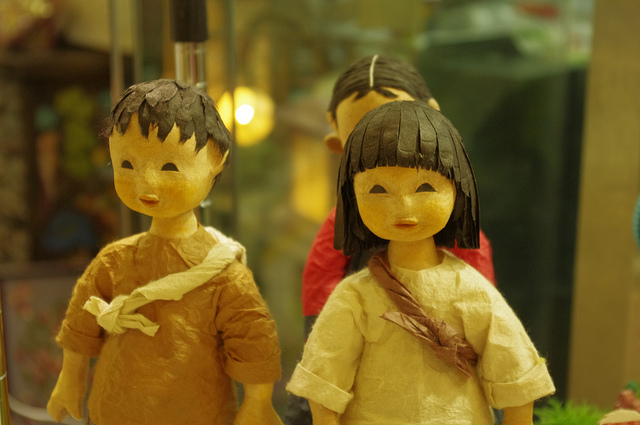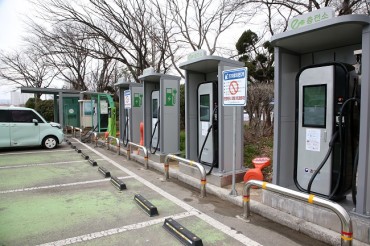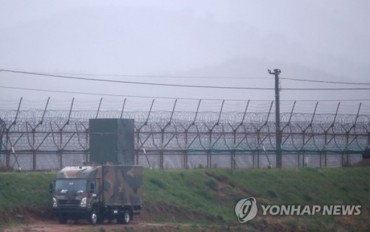
To address these consumer concerns, a company has come up with a safe wet tissue product using Korean paper (or “Hanji”) made of the inner bark of paper mulberry. (image:Yeseul Ko/flickr)
SEOUL, Oct. 3 (Korea Bizwire) — The wet wipe market in Korea has grown to 270 billion won (US$254 million), but controversies whether wet tissues are safe for human health are still raging on.
Recently a news report caused stir among consumers as it exposed most wet wipe products sold in Korea contain “cetrimonium bromide,” an antiseptic agent, that may cause series damage to the skin and eye.
To address these consumer concerns, a company has come up with a safe wet tissue product using Korean paper (or “Hanji”) made of the inner bark of paper mulberry. Instead of the usual non-woven fabric used in wet wipes, Silverstar opted to use 100-percent hanji and natural pulp in its “Love of Thousand Years” wet tissue.
[Related] Wet Tissues to Be Categorized as Cosmetics to Enhance Product Safety (The Korea Bizwire, Aug. 20)
In addition, it adopted natural preservative “Gold Colloid” in place of 22 potentially harmful chemicals including ethanol and an antiseptic used in humidifiers. To make it more friendly to the skin, the wet tissue used extracts of phytoncide-rich retinispora (a kind of cypress) and broccoli.
Park Jin-hong, president of Silverstar, said, “Love of Thousand Years is made for those with sensitive skin as well as for babies and women. Regular wet wipes made of non-woven fabric never disintegrate even after many years. But our hanji-based wet wipes can melt completely in water which is good for the environment as well as for human health.”
Korean paper or hanji is the name of traditional handmade paper from Korea. Hanji is made from the inner bark of Paper Mulberry, a tree native to Korea that grows well on its rocky mountainsides, known in Korean as dak. The formation aid crucial to making hanji is the mucilage that oozes from the roots of Hibiscus manihot. This substance helps suspend the individual fibers in water. In Korea, papermaking started not long after its birth in China. At first, made crudely out of hemp and ramie scraps (called maji; Korean: 마지), hanji developed to the point that it was renowned as the highest quality paper available in East Asia. Its origins in Korea are believed to fall somewhere between the 200s and the end of the 500s. In 1931, a piece of hanji was found at an archeological dig at a tomb site from the Lelang period (108 BCE–313 CE). (Wikipedia)
By Sean Chung (schung10@koreabizwire.com)






